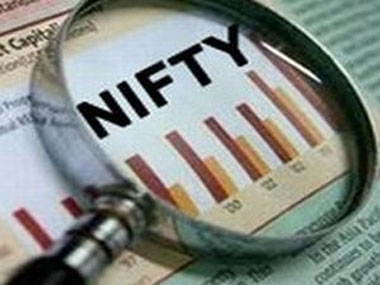India’s stock exchanges have a lot of catching up to do if they want to compete with their global counterparts, well at least in terms of liquidity. According to a report by IDFC, Indian exchanges have the lowest turn over velocity in spite of having the largest listed customer base in the world.
[caption id=“attachment_253641” align=“alignleft” width=“380” caption=“According to the report, India’s largest exchange - the National Stock Exchange (NSE) - has a turn over velocity of 57 percent while the Bombay Stock Exchange, one of the oldest in Asia, has a turnover velocity of 18 percent. “]  [/caption]
Stock exchange turnover is best indicated by their liquidity and this can be seen by the turnover velocity, which, is the ratio of total turnover on the exchange to market capitalisation.
According to the report, India’s largest exchange - the National Stock Exchange (NSE) - has a turn over velocity of 57 percent while the Bombay Stock Exchange, one of the oldest in Asia, has a turnover velocity of 18 percent, sharply lower than the 340 percent in developed markets like the USA for the cash segment.
[caption id=“attachment_253539” align=“aligncenter” width=“390” caption=“Source:IDFC Securities”]  [/caption]
This is in spite of the fact that Indian exchanges hold the distinction of having the largest number of listed companies in the world. This clearly shows that while exchanges have attained a large base, they are yet to attain depth when it comes to liquidity across the spectrum of listed companies.
Impact Shorts
More Shorts[caption id=“attachment_253538” align=“aligncenter” width=“392” caption=“Source:IDFC Securities”]  [/caption]
Here are some interesting facts from the report :
•The current value of Indian stock exchanges is $10.7 trillion.
•Indian exchanges, which normally operate in three segments -commodities, equities and currency - have seen a sharp growth. While the equity and the commodity segments have garnered a 34 percent CAGR in turnover over the past four years, currency derivatives launched in 2009 has galloped to $1.6 trillion in three years.
•Life Insurance Corporation (10.5 percent) and State Bank of India (10.2 percent) are some of the largest share holders in the National Stock Exchange.
•FIIs have a total of 10.1 percent stake in the NSE.
•IDFC has pegged a price target of Rs 5,012 per share for the NSE as it expects its growth to be ahead of the global basket and in line with its emerging markets peers
•NSE’s net profit is expected to rise to Rs 950 crore by 2014 from Rs 637 crore in 2011.


)

)
)
)
)
)
)
)
)



